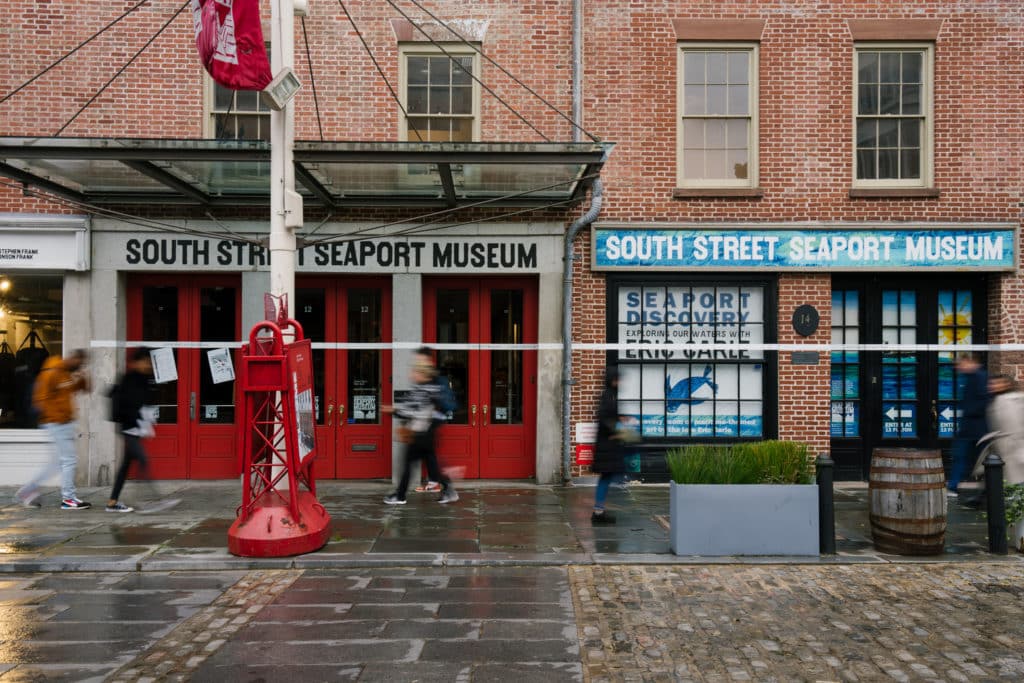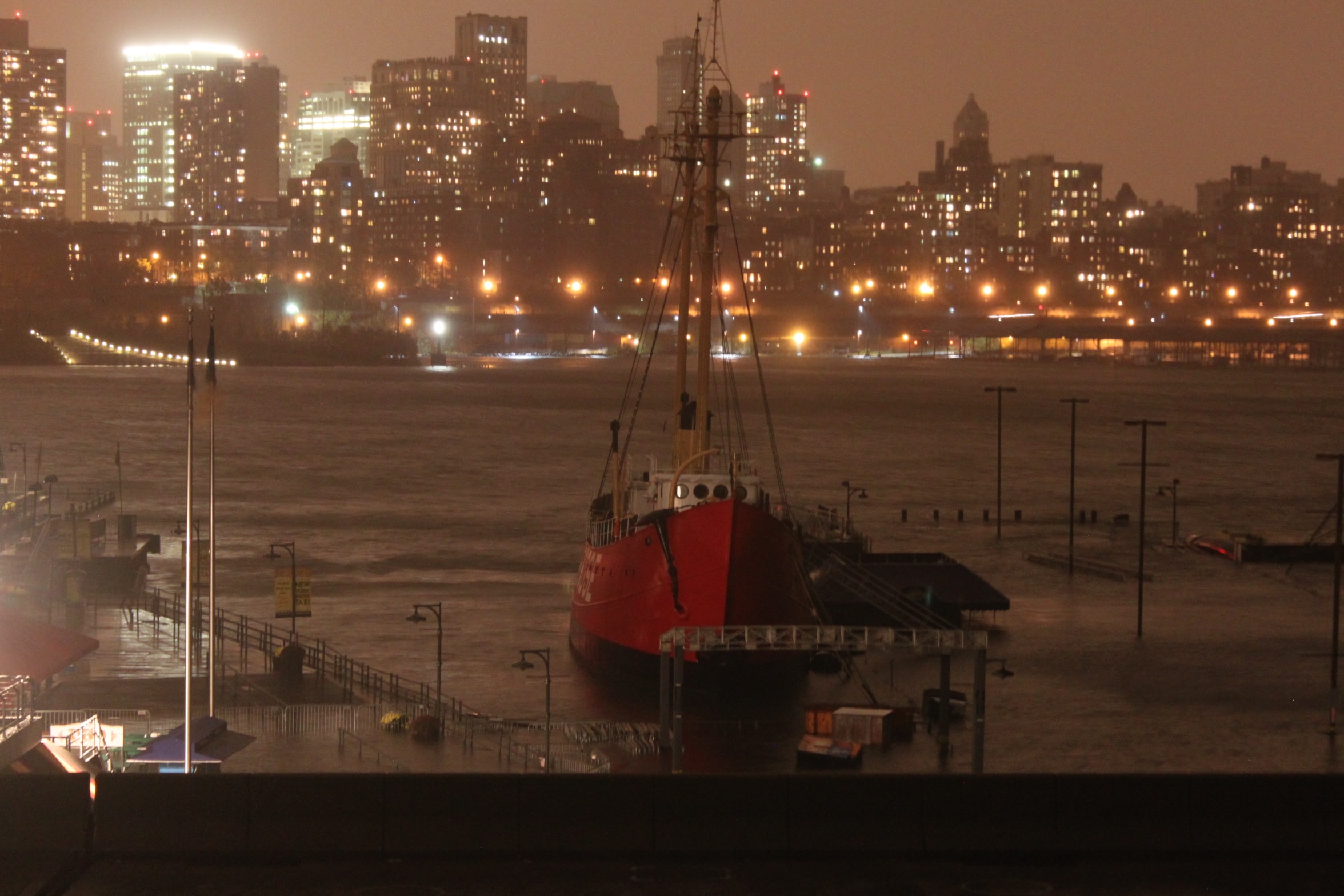
The Seaport During Superstorm Sandy
Wind. Rain. Storm surge. Superstorm Sandy wreaked havoc on New York City on October 29, 2012. The storm left hundreds of thousands of New Yorkers without power, killed more than 40 people, and caused an estimated $19 billion in damages and lost economic activity across the five boroughs.
As a waterfront neighborhood, the Seaport was especially vulnerable. As we mark the 10th anniversary of Sandy, we spoke with South Street Seaport Museum President and CEO, Captain Jonathan Boulware to hear how the area weathered the storm—and about the resiliency of New Yorkers.
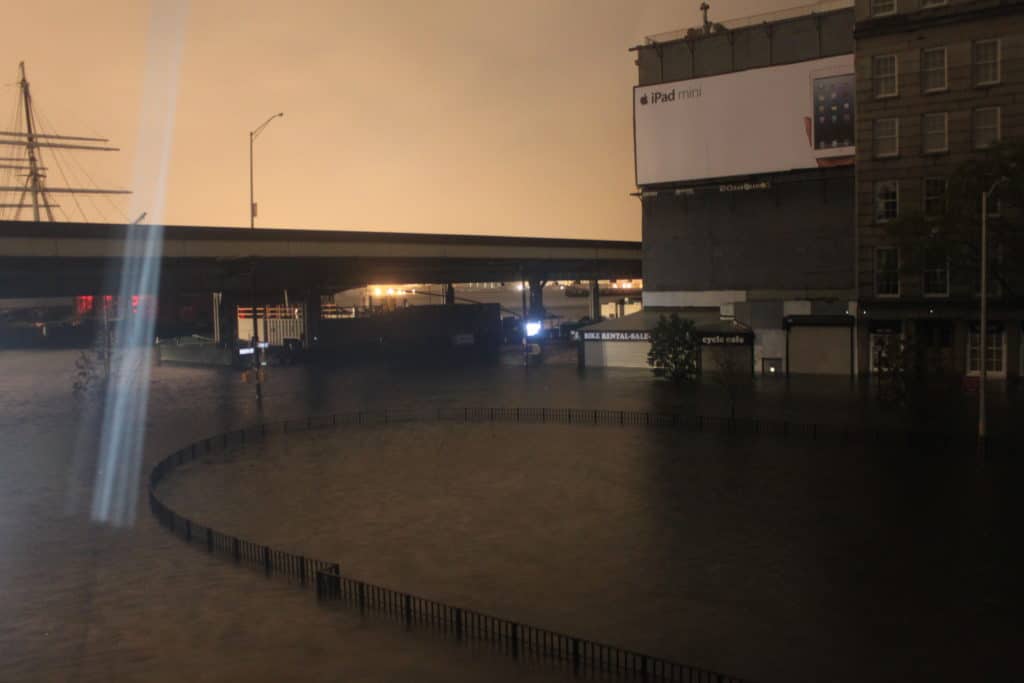
Where were you during Superstorm Sandy?
In the days leading up to October 29th, 2012, I was the director of the waterfront team of the Seaport Museum. We were watching the storm early on. We had a much larger fleet of historic ships than we do now. Those were vulnerable and we had a lot of preparation to do, to protect the huge barque Peking, the ship Wavertree, and nine other floating assets, some here in New York and some elsewhere. We gathered enormous amounts of used towing line from towing companies around New York Harbor. Our volunteers mobilized. We spent several days preparing the fleet for what we thought might be a wind event, or a storm surge event. I’m lucky enough to have some relationships at NOAA’s Ocean Prediction Center, so I was able to get good information early, and we were able to lean heavily on advice from colleagues at the sailing barque Elissa in Galveston, Texas, which had been through a number of hurricanes. The result of our preparation was no damage, really, to the fleet of ships. They came up 11 feet and went down 11 feet.
On the land side, however, the damage was devastating. The preparation on that side was kind of laughable in hindsight, because the water rose to six and a half feet. Between the museum and the City and other stakeholders in the district, there were a bunch of sandbags placed. But the water was entering the buildings before the streets were wet. So, the idea that sandbags were going to control a sheet of water coming across the street was clearly incorrect. But the preparation was many long days of real, hard work. We had dozens of volunteers and a bunch of staff all working 18 hours a day. On parts of our museum—on the waterfront—it worked well. On parts of our museum—on the land side—not so well.
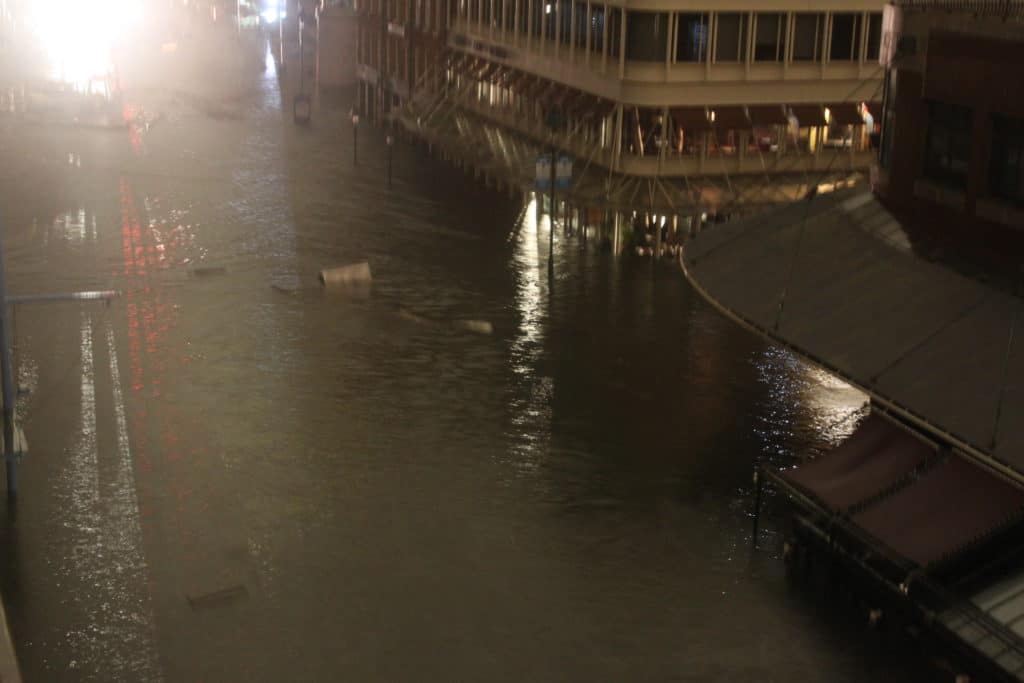
Did you realize as it was happening how devastating the effects would be?
Unequivocally, no. We didn’t know what the storm surge was going to be, and I will tell you bluntly, I didn’t really have any sense of what storm surge meant on the land side. I was very focused at the time on protecting the ships, which did actually work. It was an easier task, since ships float. Buildings don’t. Here we are coming up to the 10th anniversary of Sandy, and some of the damage that was inflicted on our buildings is still there.
How did the South Street Seaport Museum fare in the storm?
We weathered the storm really well from the standpoint of protecting people, of protecting collections, of protecting the ships and indeed the buildings themselves, though the mechanical infrastructure was damaged. In the museum’s front entrance at 12 Fulton Street, there was six and a half feet of water. South Street was deeper than that. Up on Water Street, which is slightly elevated, we still saw two to three feet in each of our buildings. The damage to our buildings and to the museum was fortunately all repairable. The buildings themselves, as they were built in the 19th century, are all intact. There were systems damaged—electrical infrastructure and the like—expensive problems, but there were no injuries, no deaths, no loss of artifacts, and no meaningful damage to any of the historic ships. So, it was a devastating thing from an operating standpoint, for the health and viability of the museum as a nonprofit and education organization. But from the standpoint of having protected the assets in our care, we were successful.
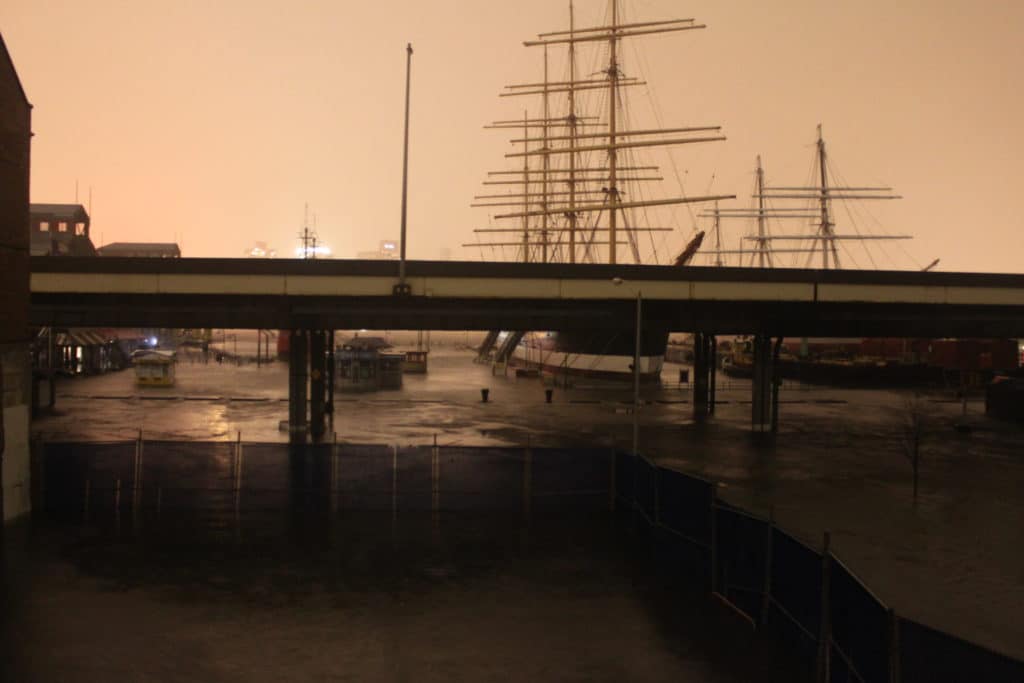
What was it like in the Seaport immediately after the storm?
This was a late October storm, so it was quite cold in the days that followed. And we didn’t have power downtown for months. So there was definitely a tale of two cities here in New York. I remember going uptown for a shower at a colleague’s place after almost a week down here of sleeping in a sleeping bag. I flagged down a taxi in the dark streets down here—there were no streetlights, no stoplights. It was completely dark except for flashlights. I rode uptown, and as soon as we passed 23rd Street, all the lights came back on. We went by Times Square and it was lit up like a Christmas tree—like Times Square! And, you know, we were living in a place that felt more like the third world down here. That went on for quite a long time. It was cold and dark and, frankly, a little alarming.
I don’t have any direct experience of what it was like in other places, outside of the central parts of Manhattan or the inland parts of other boroughs, but I can imagine that what we experienced here in South Street has resonance in places in Brooklyn, on the shore of Long Island, in Staten Island—other places where communities were disconnected from power and resources. Sandy’s impacts were not distributed equally.
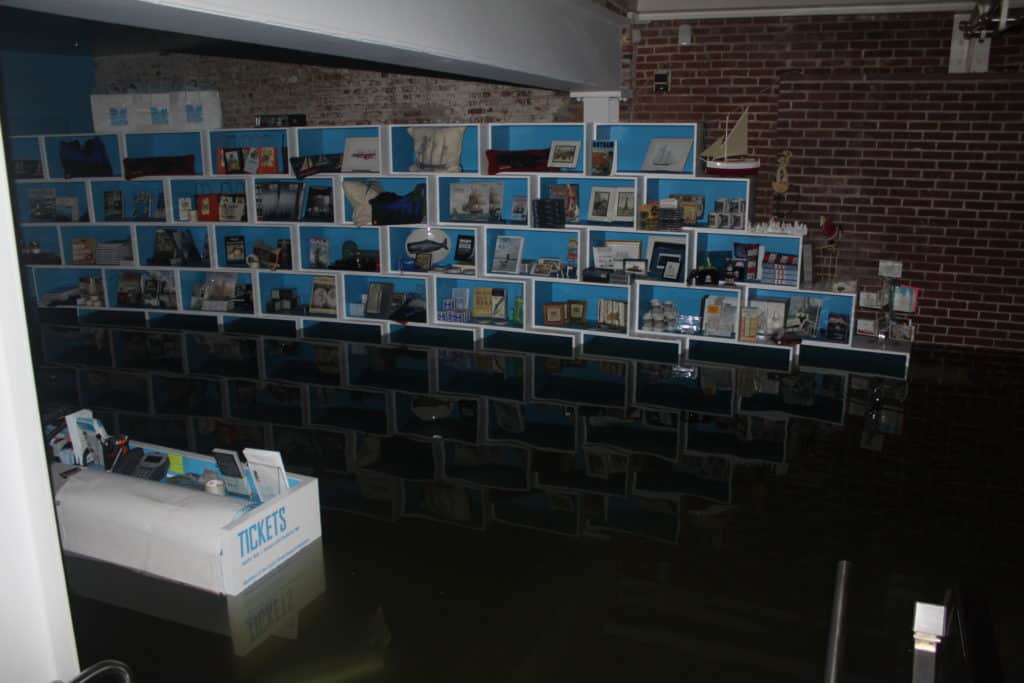
What was your experience of recovery in the neighborhood?
It was slow. I mean, 10 years after the storm, there’s still more to be done. I do have a fond memory for a now-gone bar and restaurant called Meade’s that was at the corner of Water Street and Peck Slip. That was, I think, the first place in the Seaport to open after Sandy. They had cans of beer packed in ice and a grill going with hot dogs and hamburgers. The food was free and the beer was five bucks a can. It was a very easy way to finish a day of hard work in the post-Sandy environment. That little microcosm was one example among many of how South Street and this little portion of Manhattan functions, in many ways, like a small town. The recovery initially was a lot of people banding together, looking after each other. There were the residents and those of us at the museum; it really felt like a small town. The recovery from a civic standpoint was slower. I think the real question is: what will recovery from the next similar event be? Because the Seaport specifically is only partially hardened against the next such event. As I’m speaking, we just had a storm pass us in the form of Fiona, which was a very similar storm to Sandy. Nine years and 11 months after the last one, and it had the same characteristics. So, when’s the next one? We won’t know. But it is something that we will be grappling with for many years to come.
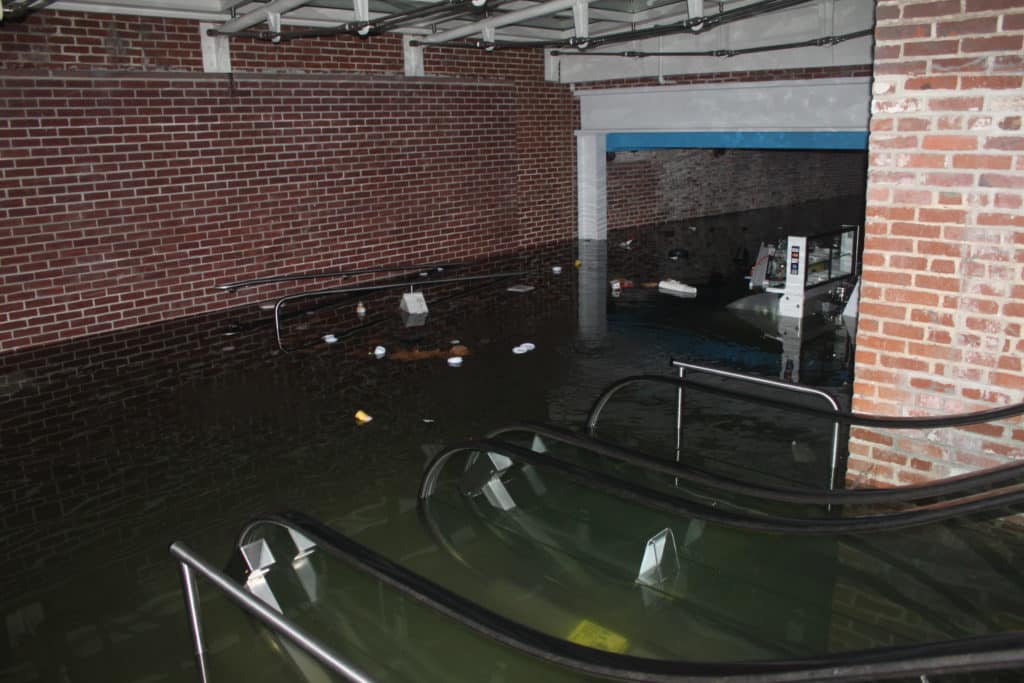
What do you think helped the neighborhood recover? What makes it resilient?
On a human scale, what helped the neighborhood recover was the people. It started with the locals and the people who live here, and the museum staff and everybody rallying together. That’s the lifeblood of how things happen. You know, we’re New Yorkers. There’s a measure of resilience in everything that we do. This is a city that’s reinvented itself and rebuilt itself many times before. But the threat that we have with sea-level rise and inundation events is an existential one. So what makes it resilient is broad-scale municipal action; huge public works of multi-generational scale. And that’s not new to New York—the idea that we do big, audacious, difficult, expensive things in order to keep the city thriving and alive. We’ve done it before; we can do it again. I’m waiting to see the will really emerge for that to happen, but I think it only takes one more Sandy-like event for that will to galvanize. And I hope that we can get things done to a point where that’s less devastating the next time. But in the meantime, I have considerable faith in New York and in New Yorkers.
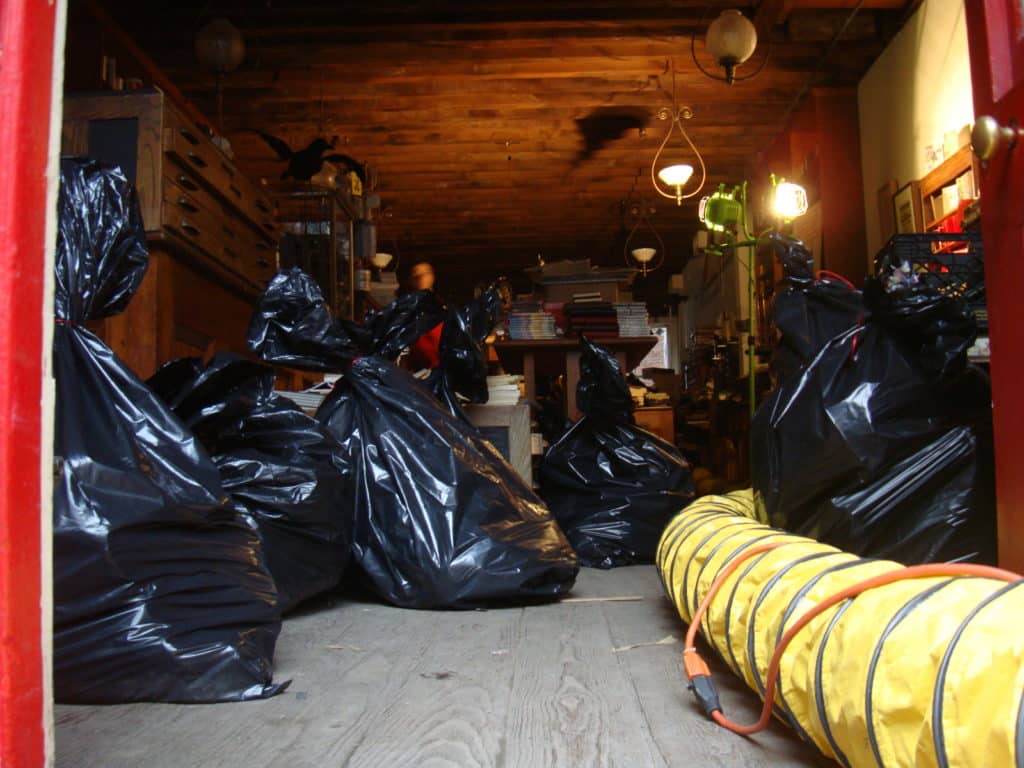
In recognition of the 10th anniversary of Superstorm Sandy, the approximate high-water line has been marked on the Fulton Market Building and on the façade of the South Street Seaport Museum’s entrance at 12-14 Fulton Street. This will remain through November 15.
